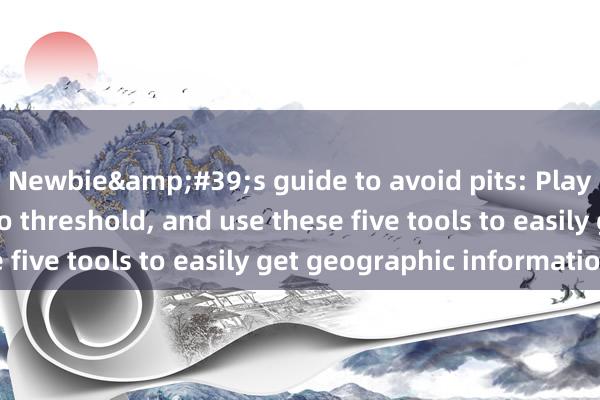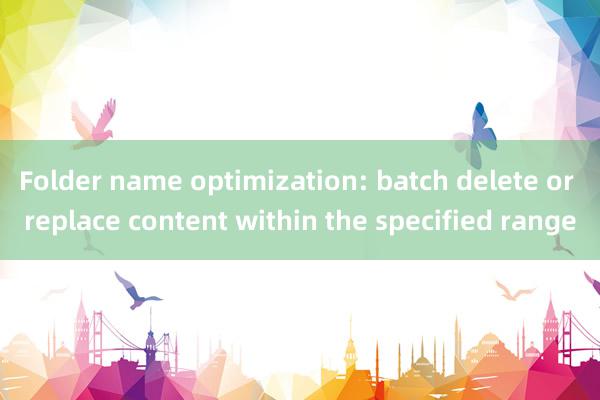
Geographic Information Systems (GIS) are playing a core role in the fields of smart city construction, disaster warning, commercial site selection, etc. According to Statista data, the global GIS market size is expected to exceed US$12 billion in 2025. For GIS enthusiasts who are just getting started, choose a handy tool with comprehensive functions and conform to their usage habits. This article will recommend five easy-to-use GIS tools for you.
GISBox: One-stop GIS data processing and publishing toolbox
Core features:
1. One-stop conversion: GISBox supports one-stop conversion of GIS image, terrain, and tilt photography file formats. It not only supports automatic slicing of formats such as GEO-TIFF, but also converts OSGB/PVT/FBX/OBJ into 3DTile formats, or converts GEO-TIFF into terrain formats.
2. Real-time editing: GISBox provides real-time editing function for tilt photography, so users can quickly operate on data and reduce the waiting time in traditional image editing. At the same time, it also supports advanced functions such as riverbed down and terrain alignment, making the tilt photography model more in line with the actual terrain.
3. Free Release: GISBox supports a variety of mainstream release protocols, including 3DTiles, Terrain and WMTS, etc., and there is no charge. The service address will be automatically generated after publication, so that users can use it directly in the visualization tool.
4. Cross-platform support: GISBox supports Windows, MacOS, Linux and other operating systems to meet the download needs of different users.
Applicable objects: urban planning departments, environmental protection institutions, transportation enterprises, scientific research institutions and educational institutions, etc.

Highlights:
1. Easy to operate, intuitive interface, and users can quickly get started without professional training.
2. Provides real-time editing, multi-format conversion, and free publishing services to help users quickly and flexibly process a variety of GIS data.
ArcGIS Pro: Professional-level GIS analysis and mapping tools
Core features:
1. Provides comprehensive map production, spatial analysis, big data processing and three-dimensional visualization capabilities.
2. Supports real-time collaboration and deep learning integration.
3. Powerful function, supports multiple data formats, and realizes two-dimensional and three-dimensional integration.
Applicable objects: GIS analysts, urban planners, environmental scientists and other professionals.

QGIS: Open source free GIS platform
Core features:
1. Completely free, with extensive support from the open source community.
2. Provides comprehensive geodata visualization, editing and analysis capabilities.
3. Supports a variety of data formats and operations, has a rich plug-in library, and is highly extensible.
Applicable objects: academic researchers, non-profit organizations, small businesses and individual developers.

GeoServer: Open source geographic information server
Core features:
1. Supports open geographic information standards, such as WMS and WFS.
2. Provides the function of publishing geographic data and map services, suitable for various geographic information applications.
3. Free and flexible, supporting a variety of data sources, including databases, file systems, etc.
Applicable objects: IT professionals, web developers, GIS service providers.

MapInfo Professional: Desktop Map Mapping System
Core features:
1. Provides intuitive interface design, powerful map production capabilities and easy-to-use analysis tools.
2. A relational database that supports dynamic connections to facilitate data exchange.
3. Provide MapBasic development tools to support map hierarchical processing.
Applicable objects: users in the fields of market analysis, business planning, logistics management, etc.

Choose a GIS tool is like choosing mountaineering equipment - there is no absolute good or bad, only whether it is suitable. It is recommended that novices start with free tools (such as QGIS+GISBox combination) and gradually upgrade as the project complexity increases. Which GIS tool are you using? What interesting application scenarios have you encountered? Welcome to share your experience in the comment section!



